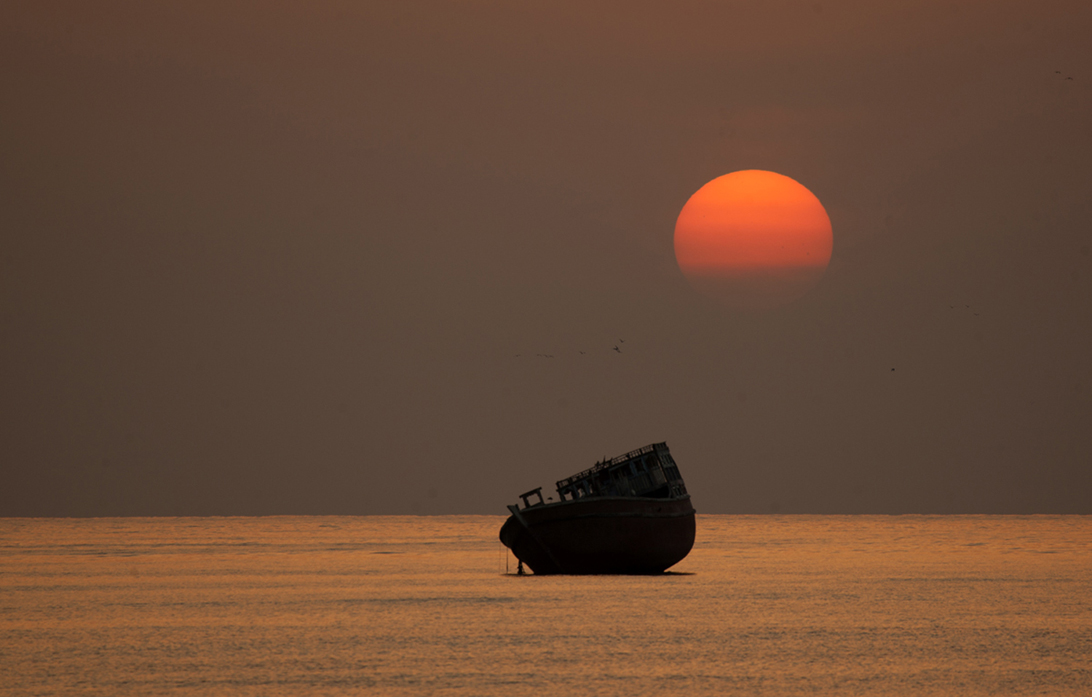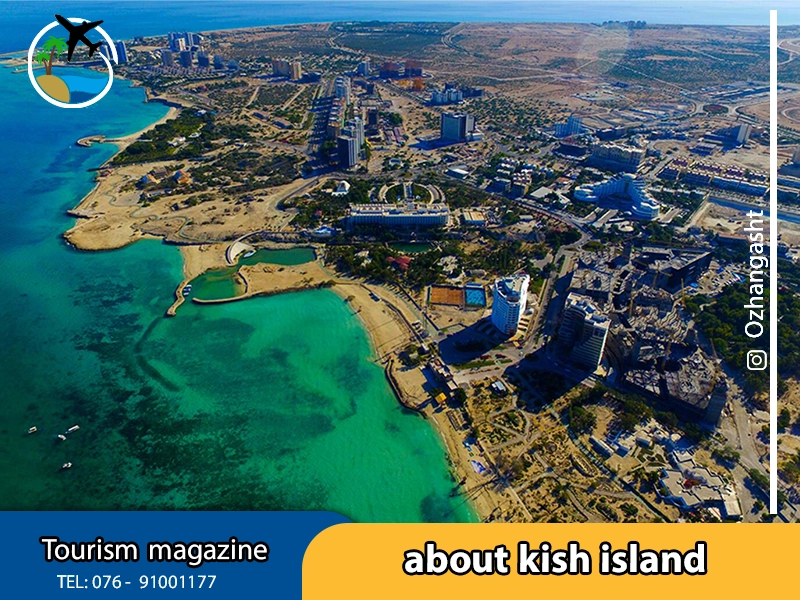
Water resources in the past and present
In the past, when the population of the island was between 1,000 and 2,000 people, the water available on the island was enough for the inhabitants to drink and even use it by passing ships and even the limited agricultural activities of that time. At that time, the island had enough water supply facilities such as reservoirs, ponds, large and small wells with different depths in the northern part (the current green tree area) and was less prone to dehydration.
In the old texts, the water and water reserves of Kish Island are described as follows: "The water that comes out of the wells of the island has a good and sweet taste. Ships often resort to this island for drinking water. The depth of the wells on the island is between 5 and 10 meters and a lot of water can be obtained from them without any effort. Among the major and famous wells scattered in the residential areas of Kish Island, the following wells can be mentioned:
The well known as "Momazer" in the town of "Masheh" in the eastern part of the island, with fine soil around it that was created in the form of a dam or dam to direct the rainwater into the well during the rainy season.
The well known as "Safa" is located in the village of "Sajm" in the northern part of the island.
The well known as "Bala" between the villages of "Deh" and "Sefin" in the eastern part of the island, where both mentioned villages use its water.
What comes out of the biological power of Kish Island in the past texts was the small population of the island compared to its size, the limited native constructions and the lack of extensive manipulation in it, which did not disturb the favorable ecological balance of the island.
Currently, the fresh water of the island is available in the pipeline network. It is extracted from the total number of desalination units.
Climate, and plant geography
Kish Island is located in a narrow strip of land of special tropical growths of the Northern Hemisphere, with a low geographic latitude, between the plateau of Iran (in the north) and the desert of Saudi Arabia (in the south). Except for the special geographical and local climatic features, this island, like other islands close to it, is dominated by the prevailing conditions of the semi-tropical climate of this vegetation belt. The climate of the island is divided according to the influence of factors including precipitation and temperature. That is, the ratio of precipitation in millimeters to temperature is determined throughout the year, and if the precipitation is less than twice the temperature, the climate is considered dry. Kish is located in a very dry region and its climate is generally dry and semi-tropical. According to statistics, the average rainfall of the last year was 6.3 mm and the average maximum temperature was 32.5 degrees Celsius.
The relative humidity of the atmosphere and the coefficient of the climatic conditions governing Kish have made its climate marine. Except for the cold seasons, the humidity is above 60% during the rest of the year. In the months of November to May, the weather in Kish is mild and its temperature fluctuates between 18-25 degrees Celsius. According to the available statistics, the weather of Kish Island is very hot to moderately hot and accompanied by high relative humidity and sometimes rains with variable intensity and often short duration in some days of the year.
Kish in the usual climatological classification and according to climatic factors and elements, especially being located in the vicinity of Ras Karkan and exposed to the high pressure air system of the tropical zone and having characteristics of the local location in the warm and shallow waters of the Persian Gulf and the influence of Its climatic conditions are naturally hot and always or most days of the year have rainy weather.
Rains in Kish usually occur in the months of December to March. The rains in December are almost irregular and variable in intensity. But regular March rains have a relatively stable situation. The relative estimates of several years show that the beginning of the rainy season is usually in November and the end of the rain is in May, and the rainy days are a few hours in total and take place in a few days.
In the past, due to the fact that Kish Island is located in the tropical vegetation zone. Naturally, the occasional penetration of the Indian Ocean's seasonal currents into it, especially in the month of August, which is the peak of the activity of these currents, causes occasional scattered and quick and short summer rains in the form of heavy showers. The amount of summer precipitation in Kish Gah is more than the total amount of annual precipitation and it is usually torrential.
The amount of annual precipitation compared to the amount of annual evaporation always reflects the climatic conditions of each area, and if the minimum amount of evaporation in an area is more than 10 times its precipitation (such as the desert or most of the central parts of Iran), that climate is dry, hot and barren. But Kish has a marine climate due to its local location, i.e. being located in the shallow and warm waters of the Persian Gulf with high humidity close to the saturation level, which causes its air to be humid most days of the year.
